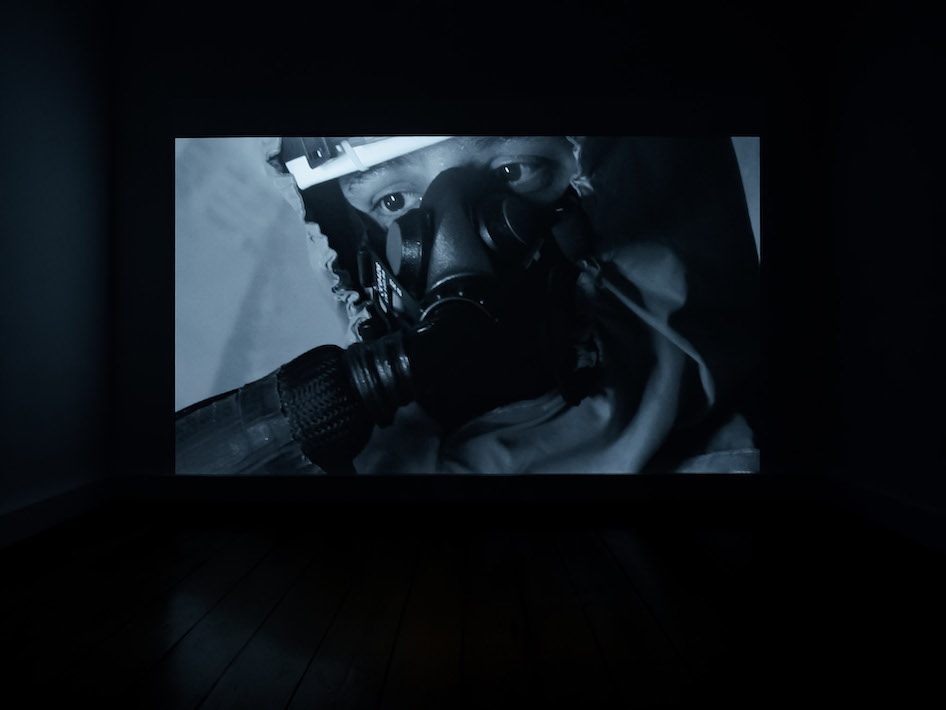If the hours were already counted
Solo show, Kunstverein Arnsberg, Germany, 2021
Kunstverein Arnsberg is looking forward to presenting with Angelika Markul. If the Hours Were Already Counted the first institutional solo show of Angelika Markul in Germany. Markul’s artistic practice has always been rooted in her interest for places that are missing, unknown or dangerous. Her works are no mere documentaries, though. On the contrary, the artist combines with ease real facts, science and (science-)fiction. No matter what subject Markul is working on, the perpetual cycle of coming into being and passing away thereby remains an omnipresent subject.
The exhibition borrows its title from one of Markul’s video works that together with Memory of Glaciers (2017) forms the core of the exhibition. The latter portrays a small and semi-fictional history of evolution in an almost black and white film. Protagonists are a melting glacier in Patagonia and the Churyumov–Gerasimenko comet. The impact of the celestial body probably enabled the evolution of life on Earth. It becomes a symbol for the enormous cosmic powers that constantly cause creation and devastation. The glacier fulfills are similarly ambiguous role: While containing water and hence the source of life, we watch and listen to it cracking, crashing and dying – and there is no need in explaining the future consequences of this spectacle.
If the Hours Were Already Counted (2016) continues Markul’s quest for the origin of life on Earth. The film shows footage from an expedition to the Crystal Cave in the Naica mine in Mexico – an unearthly natural wonder that has been accidentally discovered by miners in the year 2000. When recalling the aesthetics of Édouard Riou’s engraving for Jules Verne’s Journey to the Center of the Earth through black and white aesthetics, Markul couldn’t have chosen a more adequate reference for this subject: 300 m below the Earth’s surface and in an extremely humid and hot climate scientists wander like astronauts through a landscape of giant crystals – a scene that combines ultimate beauty and threat.
While the human being only rarely appears in a direct manner in Markul’s works, the artist always plays on the impact and traces of humankind seen from a fictive future perspective. All of her works can be read as visual and musical symphonies combining ecology, geology, astronomy – or whatever science relates to the exploration of the past and the future – with narratives about the eternal continuum of existence. Markul thereby anticipates a truth we all sense and Claude Lévi-Strauss wrote down in 1955: ”The world began without man and will end without him.”
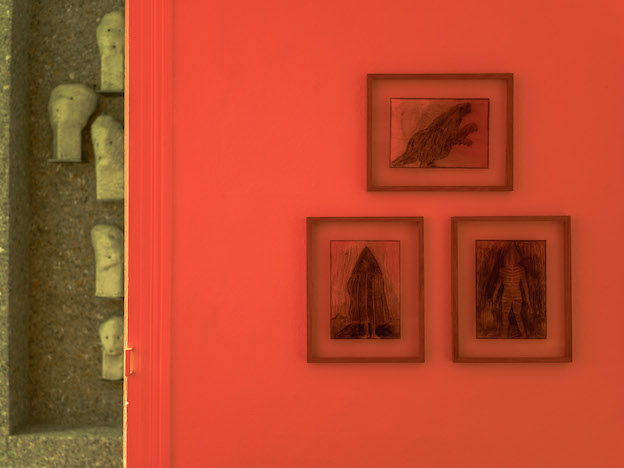
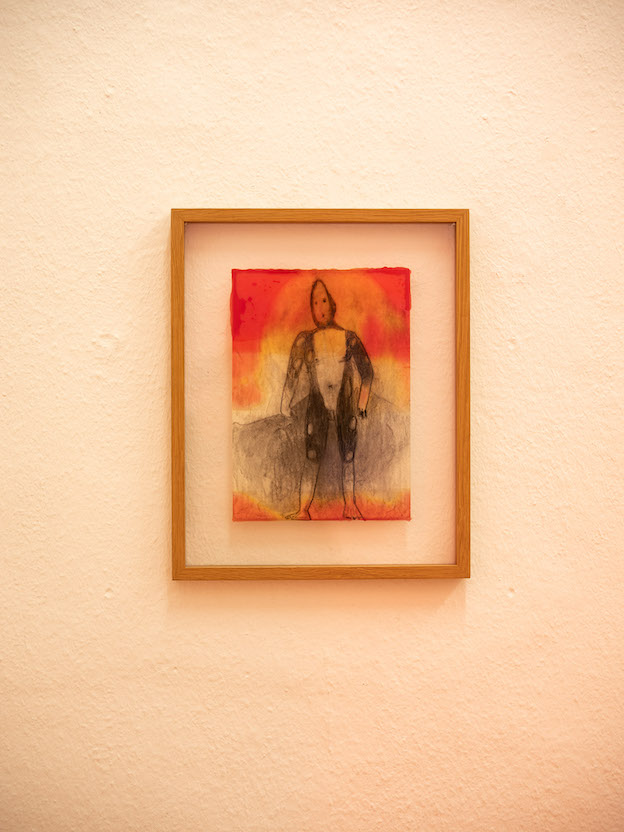
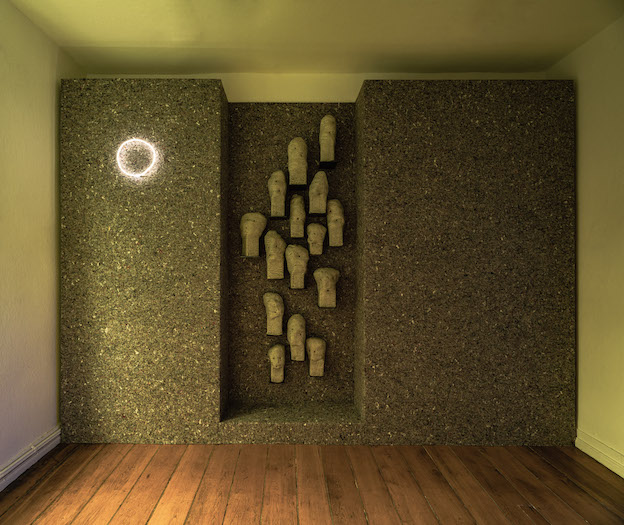
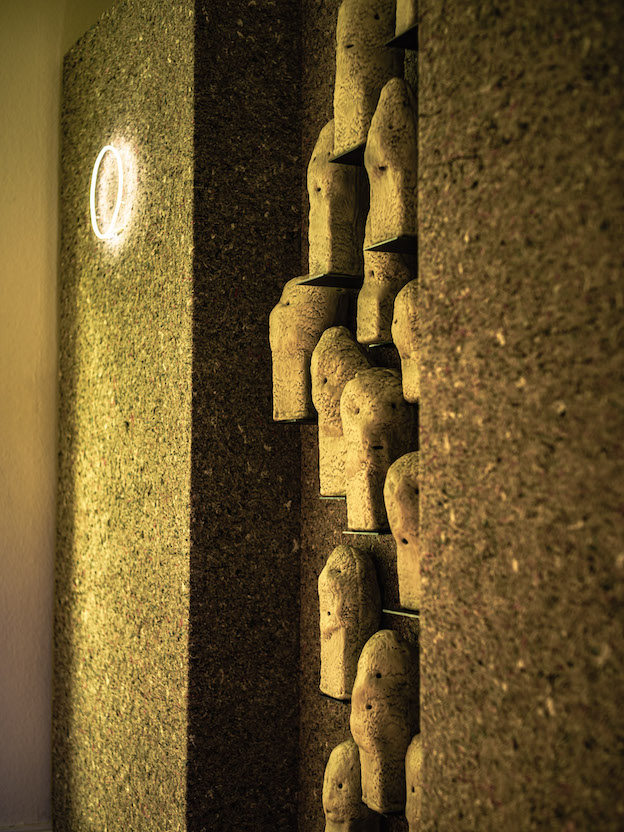
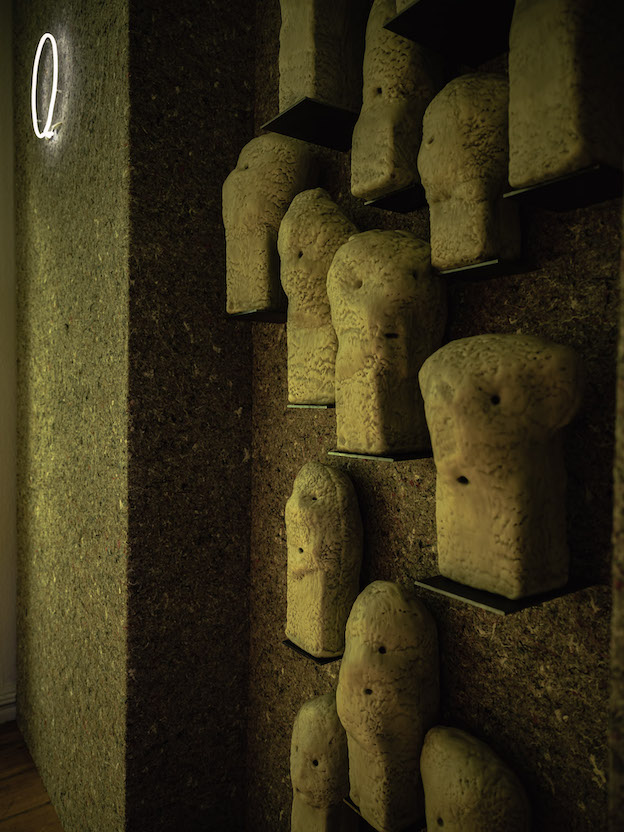
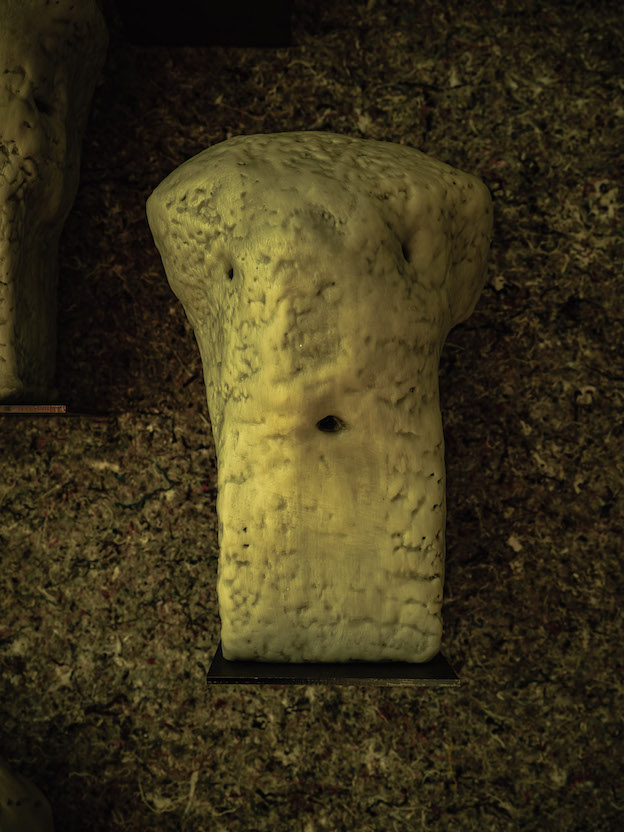
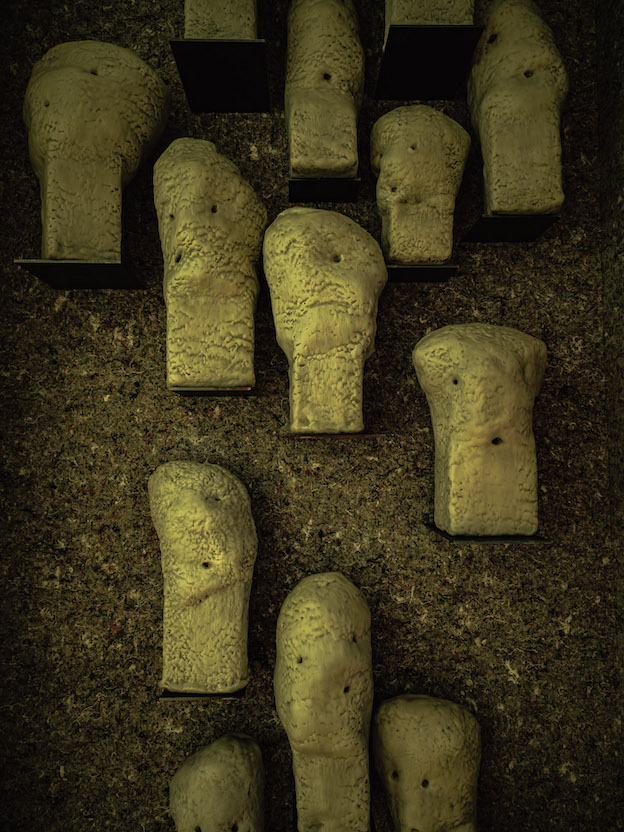
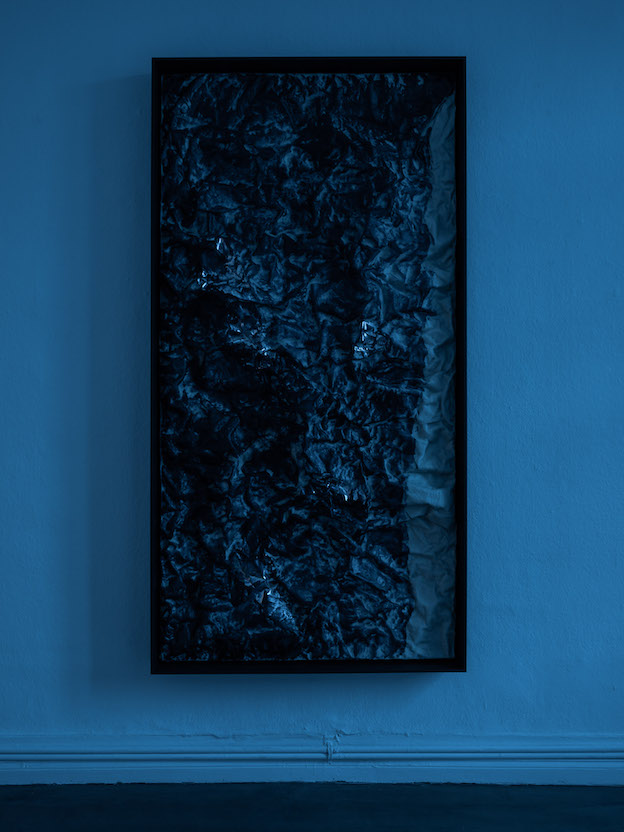
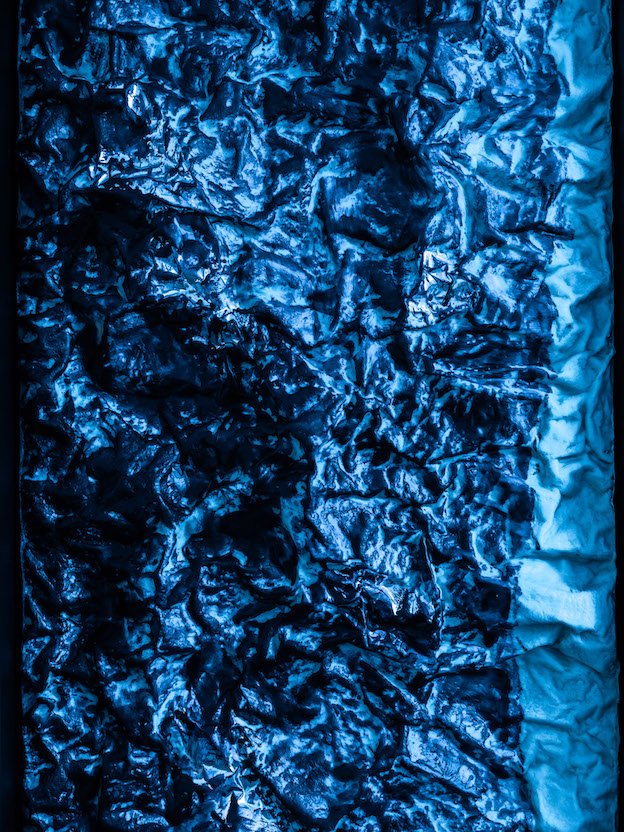

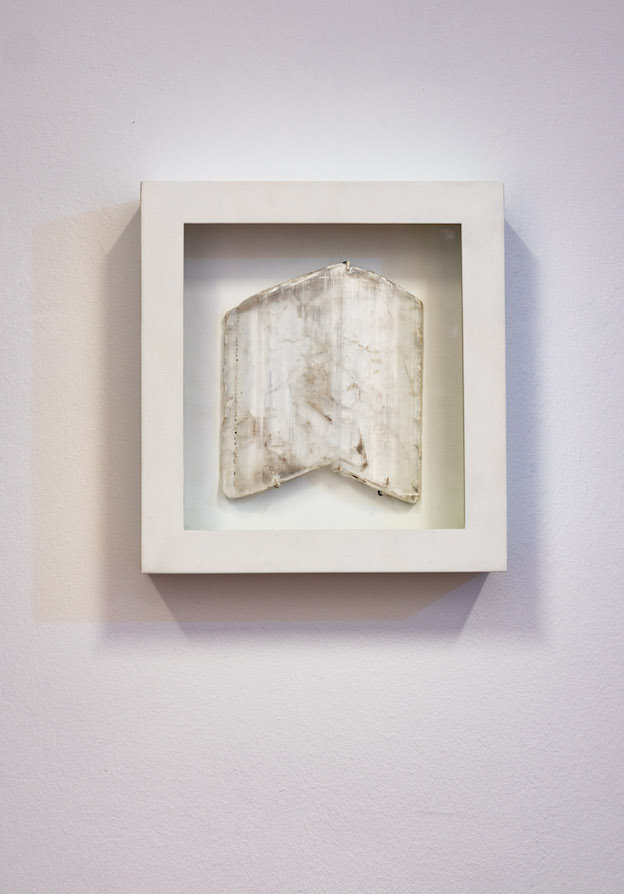
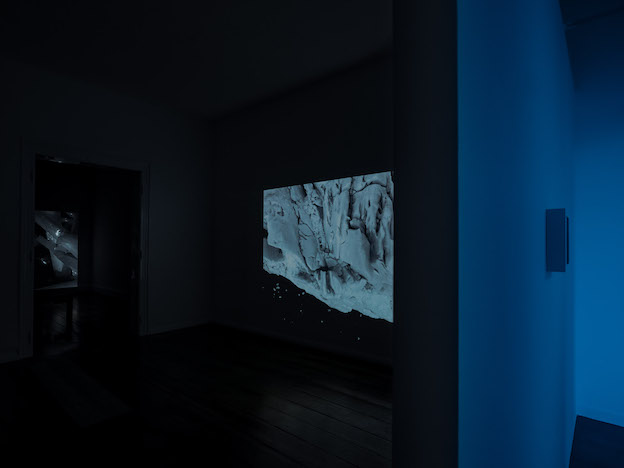
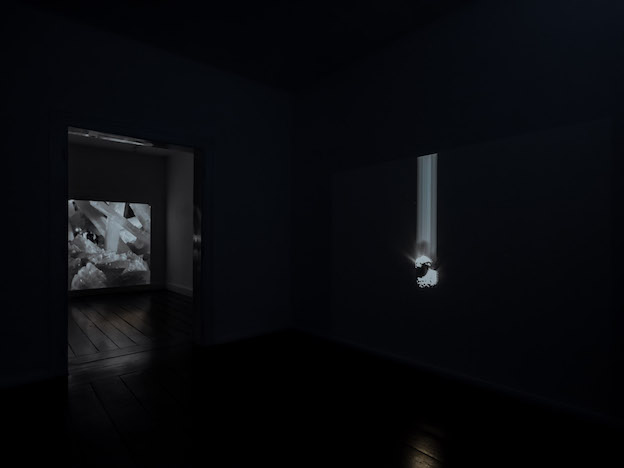
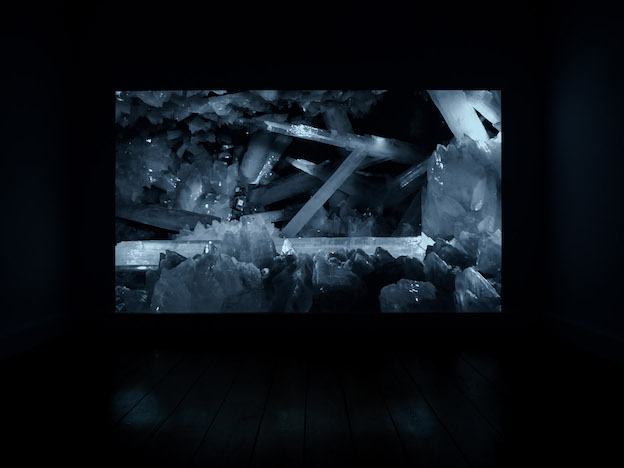
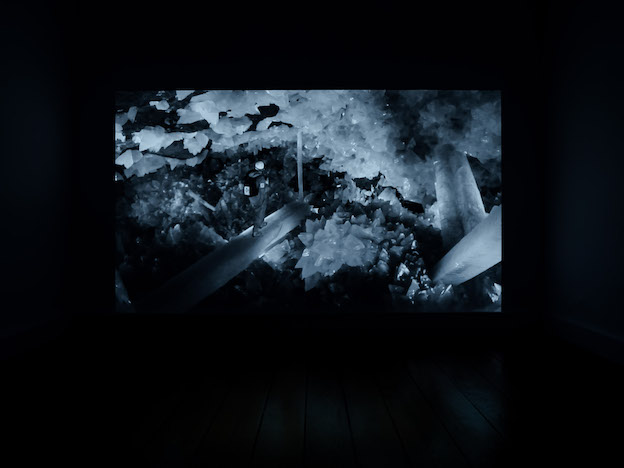
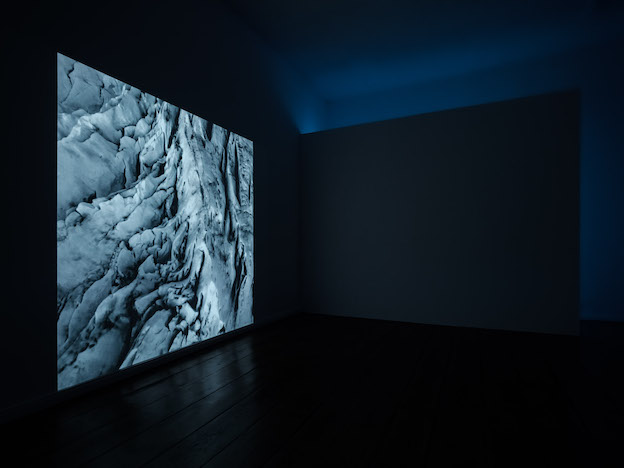
© Jakob Studnar
